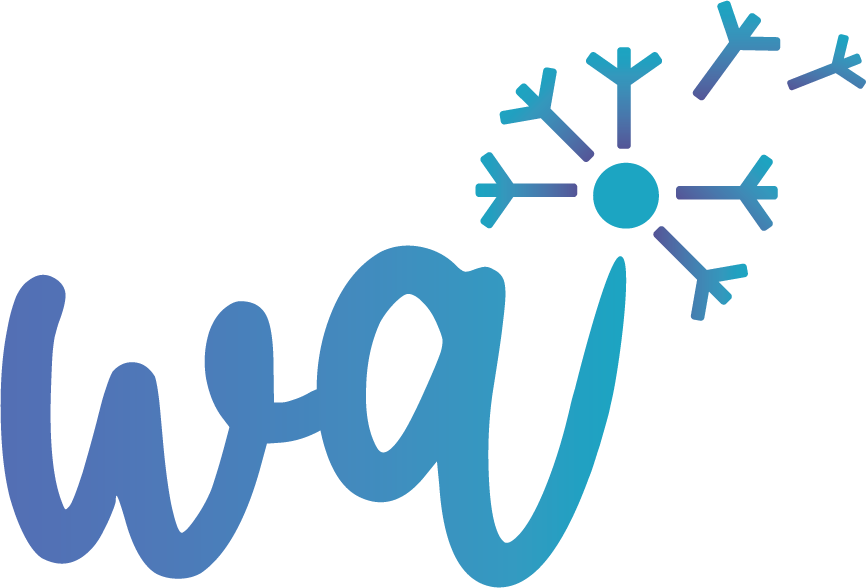What is propolis?
Honeybees make propolis using resins they gather from plants. They chew the resins, drawing out beneficial plant extracts and mix them with their saliva, which they then combine with wax produced from glands on their abdomens. This results in the production of propolis, which contains a concentrated mixture of polyphenols and flavonoids.








